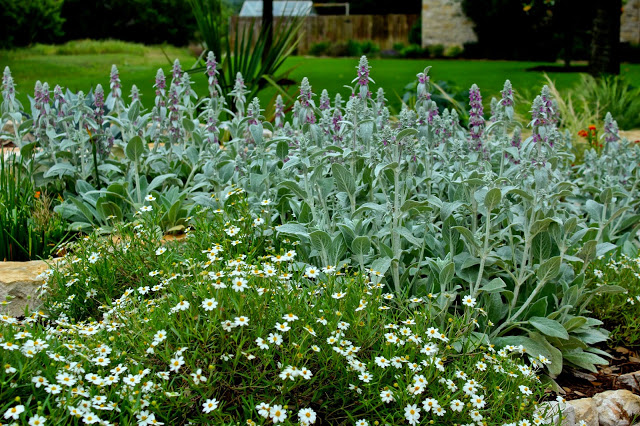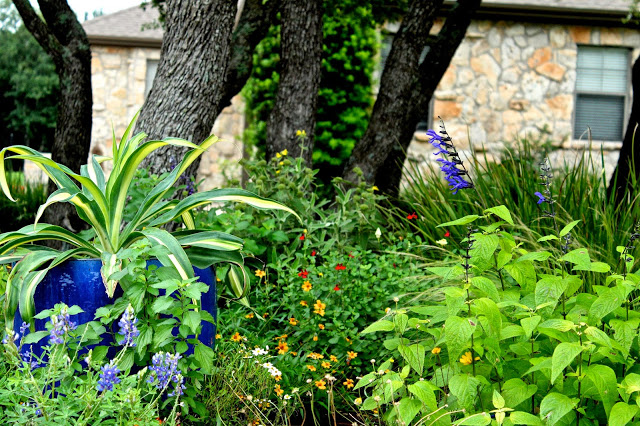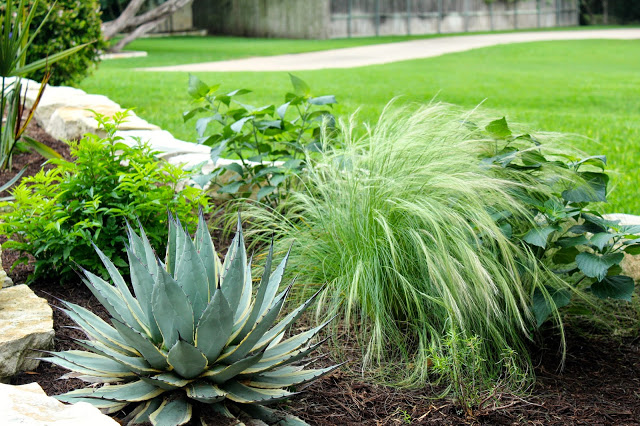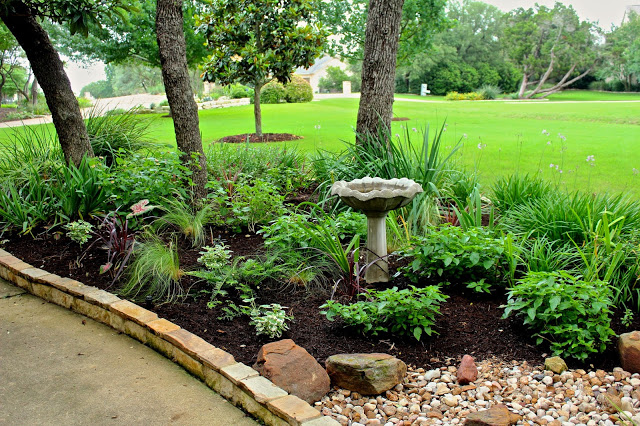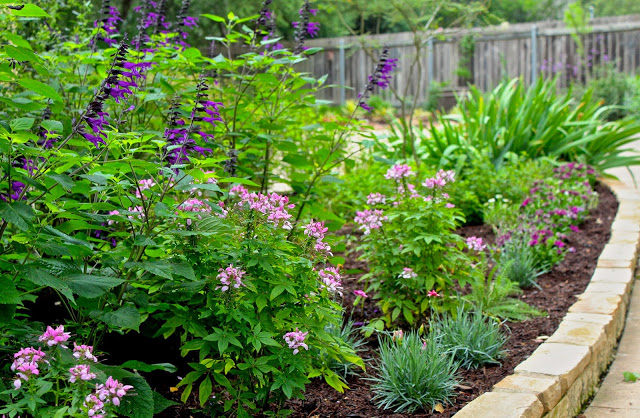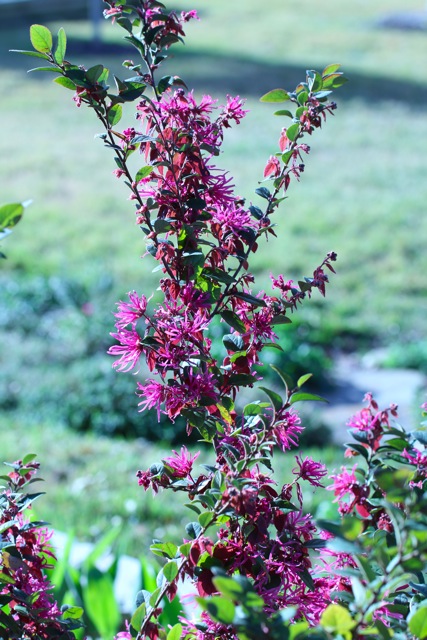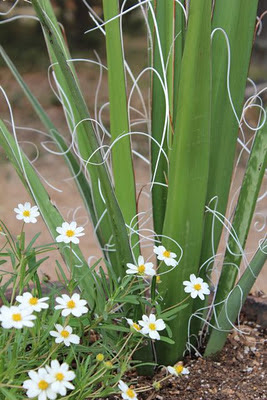It’s the little things…in life and in the garden…
With the arrival of spring and increasingly warmer temperatures, I’m seeing the fruits of my first projects in the new garden. All of the plants I brought with me from the last garden went in last summer. Almost all of them survived the interim neglect, and are starting to bloom now.
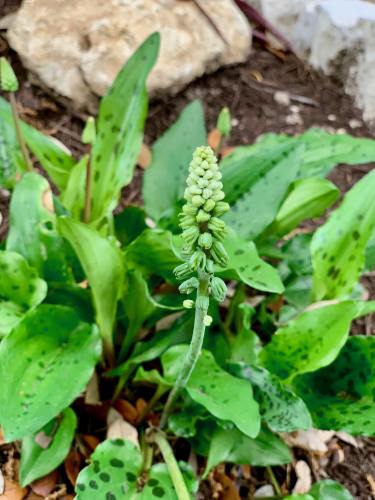
I put in some bulbs in the fall, and they’re up and at ’em now.
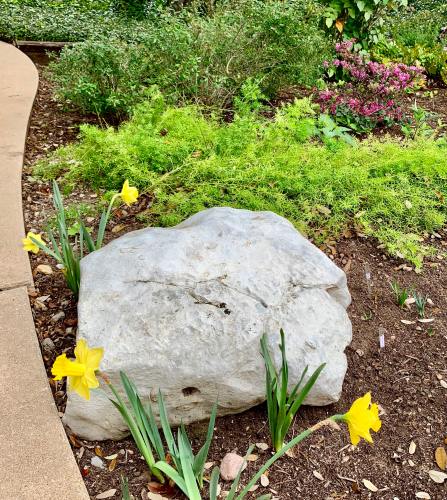
This Loropetalum seems very happy where I planted it last summer.
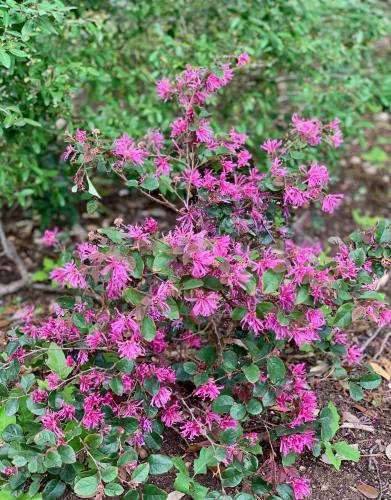
The garden did have a few bloomers in it when we moved in. 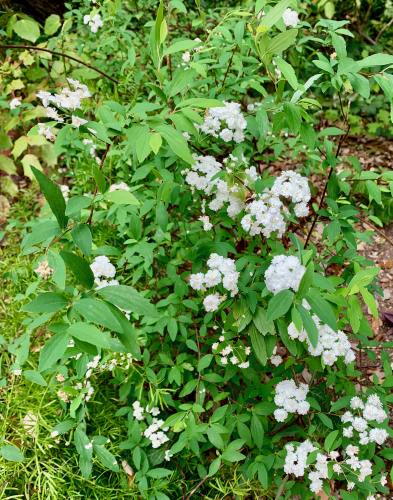
I am enjoying the Bridal Wreath Spirea that’s in full bloom now.
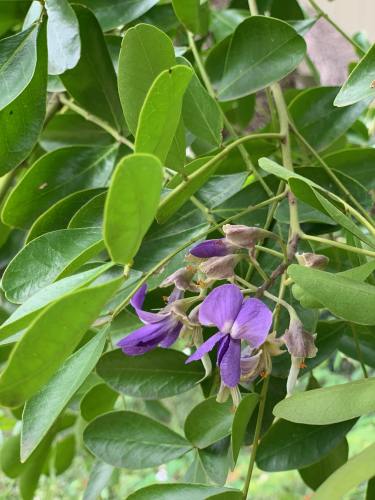
I almost didn’t notice the grape blooms on the shaded Texas Mountain Laurel until my friend, Robin, discovered them last week. Because it’s in full shade, I was shocked to see the flowers.
Here are a few of the plants that went into the new bed about 2 weeks ago.
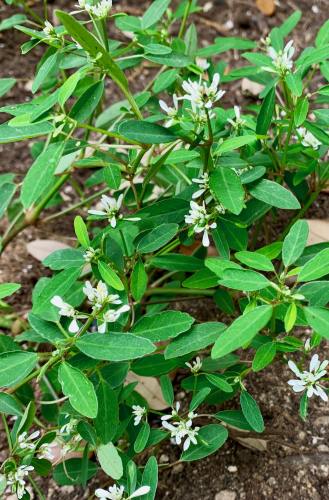
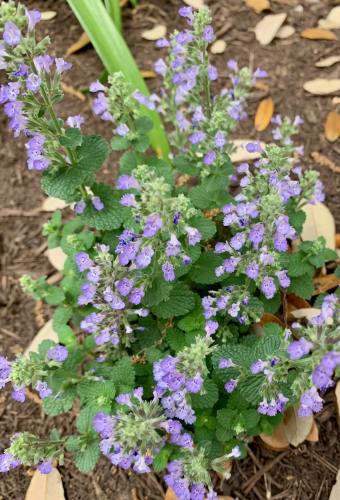
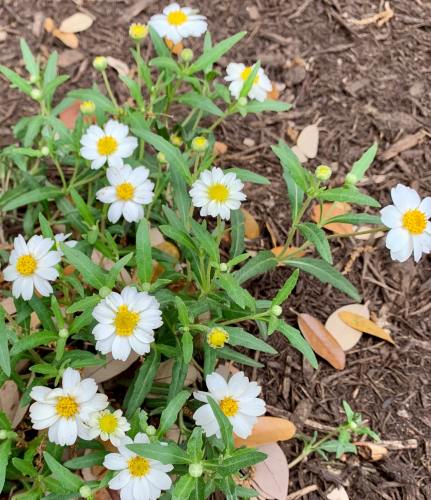
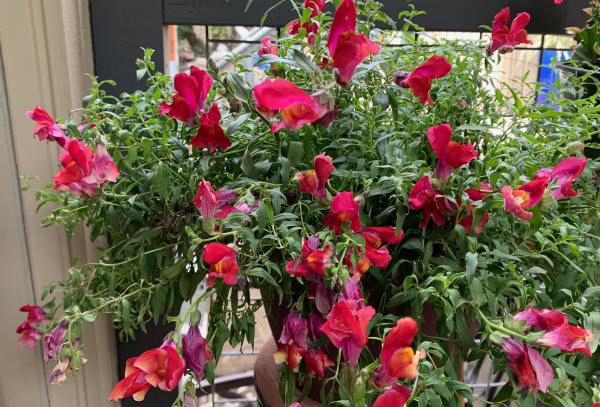
A handful of blooms make all the difference. I am seeing the garden glass as half full — full of the promise and possibility plants bring into our lives. Even with lots of projects on the horizon, knowing I’ll enjoy every little bloom along the way makes it all worth while.

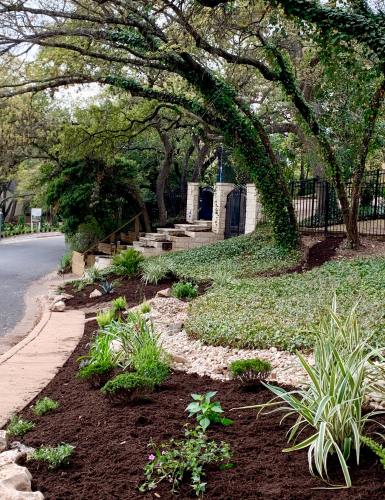
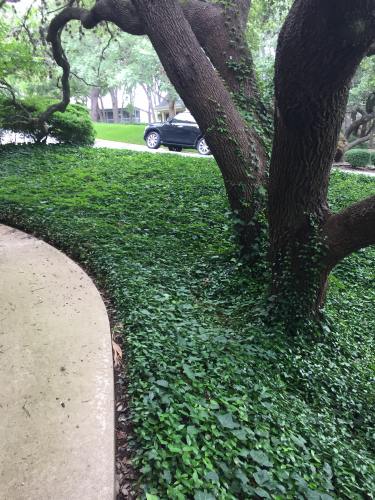

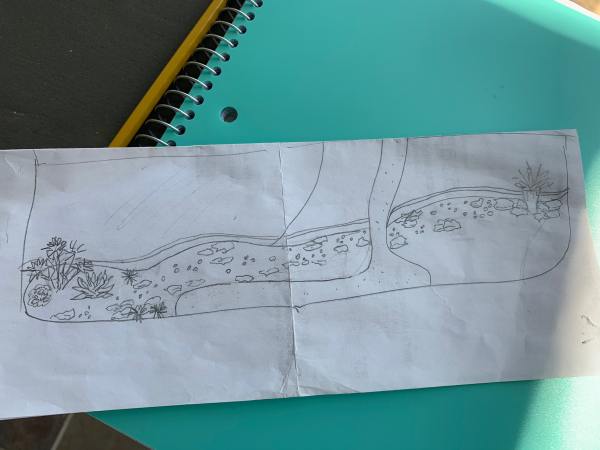 I’ve scribbled on several napkins and I’ve had a few snippets of ideas about possible plant combinations. Luckily, I came to my senses and decided to take the time to assess the space, allow my vision to evolve, and focus on some of my favorite plants. The sketch of plants grew as I decided to intersect the long space with a dry creek, boulders and a large ceramic pot as the focal point.
I’ve scribbled on several napkins and I’ve had a few snippets of ideas about possible plant combinations. Luckily, I came to my senses and decided to take the time to assess the space, allow my vision to evolve, and focus on some of my favorite plants. The sketch of plants grew as I decided to intersect the long space with a dry creek, boulders and a large ceramic pot as the focal point.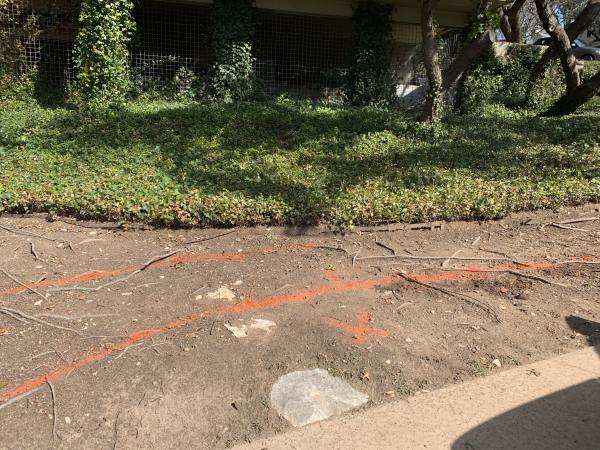
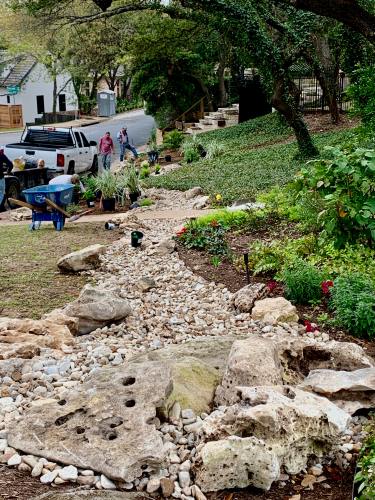
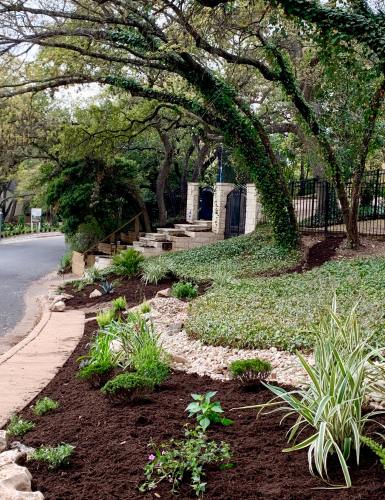
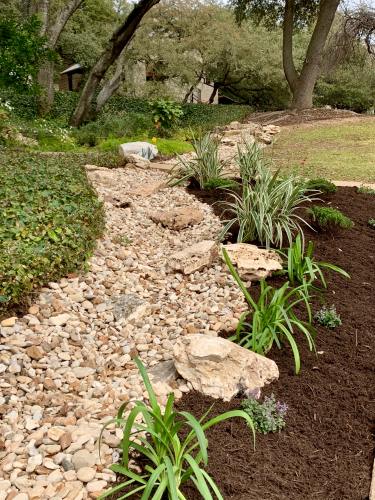 To create year-round interest, catmint is intermingled with the elegant and strappy leaves of Agapathus. I like the textural contrast between the delicate, gray-green catmint and the lime-y foliage of the agapanthus.
To create year-round interest, catmint is intermingled with the elegant and strappy leaves of Agapathus. I like the textural contrast between the delicate, gray-green catmint and the lime-y foliage of the agapanthus.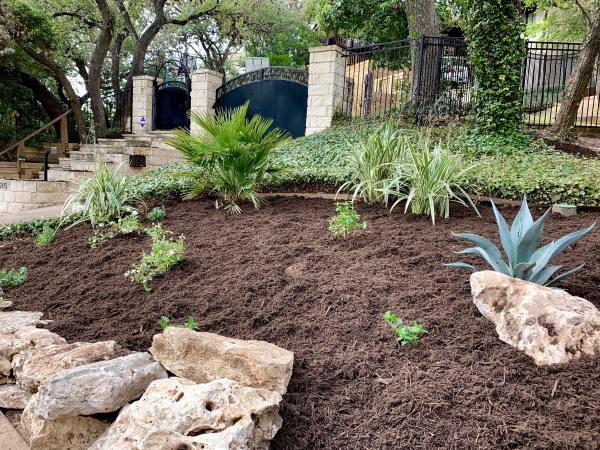 At the other end of the bed and the creek, the shining star will be a deep magenta Maggie rose (which I haven’t found yet). She’ll be flanked by Dianella, a Mediterranean fan palm, trailing white lantana, purple skullcap and a Weberi agave. Just past the Weberi, another Dianella keeps an Indigo spires salvia company along with an artichoke and a scattering of sculptural foxtail ferns.
At the other end of the bed and the creek, the shining star will be a deep magenta Maggie rose (which I haven’t found yet). She’ll be flanked by Dianella, a Mediterranean fan palm, trailing white lantana, purple skullcap and a Weberi agave. Just past the Weberi, another Dianella keeps an Indigo spires salvia company along with an artichoke and a scattering of sculptural foxtail ferns.
